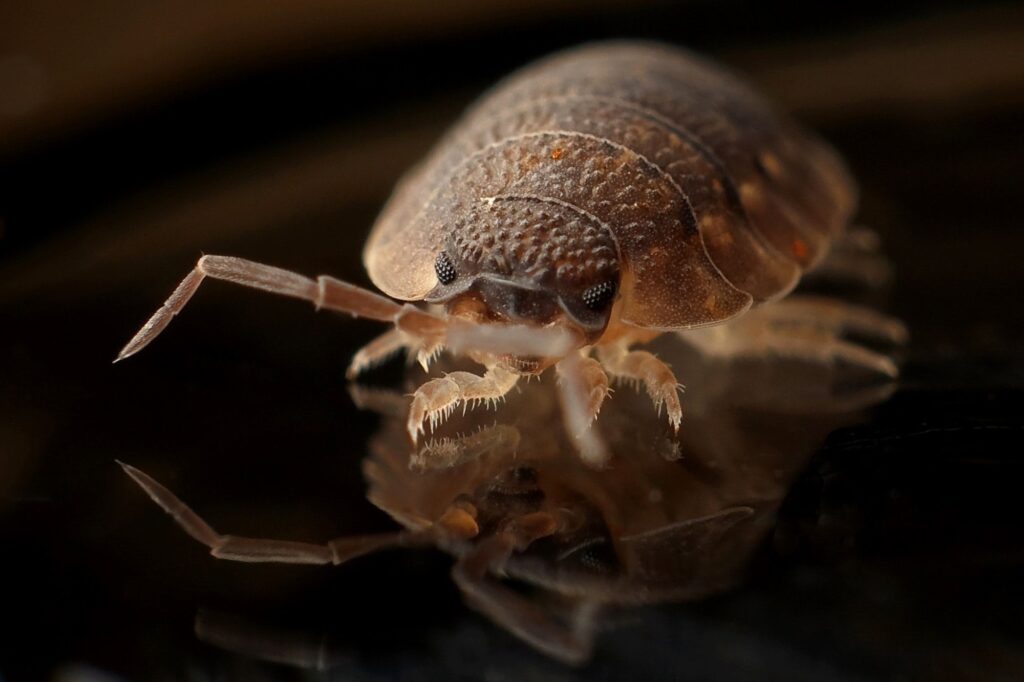When considering used furniture, especially upholstered items, a thorough inspection is essential to avoid bringing bed bugs into your home. These pests are expert hiders and can survive for months without feeding, making it difficult to spot an infestation before it’s too late. To protect your home, it’s crucial to know how to check furniture for bed bugs and other pests.
Why Inspecting Used Furniture Is Essential
Used furniture can be a great way to save money and find unique pieces. However, the risk of a hidden pest infestation, particularly bed bugs, is significant. Bed bugs are resilient and can survive for long periods in furniture, even after it has been steam cleaned or stored. Bringing an infested item into your home can lead to a widespread infestation that is expensive and difficult to eradicate. A proactive inspection can save you from the stress and high costs of a pest control professional.
How to Check Furniture for Bed Bugs Before Buying
Before heading out to inspect furniture, gather your inspection toolkit. You’ll need a flashlight, a magnifying glass, and a pair of white latex gloves. Bringing a white sheet is also highly recommended.
- Preparation: Take the furniture outside or into a well-lit, open area. Lay the white sheet on the ground and place the furniture on top of it. This will make it easier to see any bugs, eggs, or droppings that fall off during your inspection.
- Visual Inspection: Use your flashlight and magnifying glass to perform a detailed visual inspection. Pay close attention to all the nooks and crannies. Bed bugs often hide in seams, crevices, and joints.
- Run a Credit Card or Finger: For upholstered furniture, run a credit card or a gloved finger along all pleats, seams, and folds. This helps dislodge any hidden bugs or eggs. For wooden furniture, use this technique to check small cracks and joints.
- Know What to Look For: Look for the following key signs of an infestation:
- Live bed bugs: These are small, reddish-brown, and about the size of an apple seed.
- Fecal stains: These look like small, dark red or black spots, similar to ink stains, often found along seams.
- Molted skins: As bed bugs grow, they shed their exoskeletons, which are translucent and insect-shaped.
- Tiny eggs: Bed bug eggs are tiny, pearl-white, and typically found in clusters.
Where Bed Bugs Can Hide
Bed bugs are masters of concealment and can fit into spaces as thin as a credit card. While mattresses and box springs are the most common hiding spots, bed bugs can be found in many other places, including:
- Wooden furniture: Check the joints, cracks, and screw holes.
- Fabric items: Inspect the seams, pleats, and zippers of sofas, chairs, and curtains.
- Electronics: Bed bugs are attracted to heat and can hide inside speakers, laptops, and other electronic devices.
- Picture frames: Look behind the frame, especially in the screw holes.
- Bags and shoes: Inspect the seams and crevices of bags, purses, luggage, and shoes.
- Children’s toys: Stuffed animals and other toys can also be prime hiding spots.
What to Do If You Discover Bed Bugs
If you find any signs of bed bugs while inspecting furniture, do not buy the item. Report your findings to the seller and explain the risks to them. If you have already brought the infested furniture into your home, contact a certified pest control professional immediately. Do not attempt to treat the infestation yourself, as DIY methods are rarely effective and can cause the bugs to spread to other areas of your home, making the problem worse.

